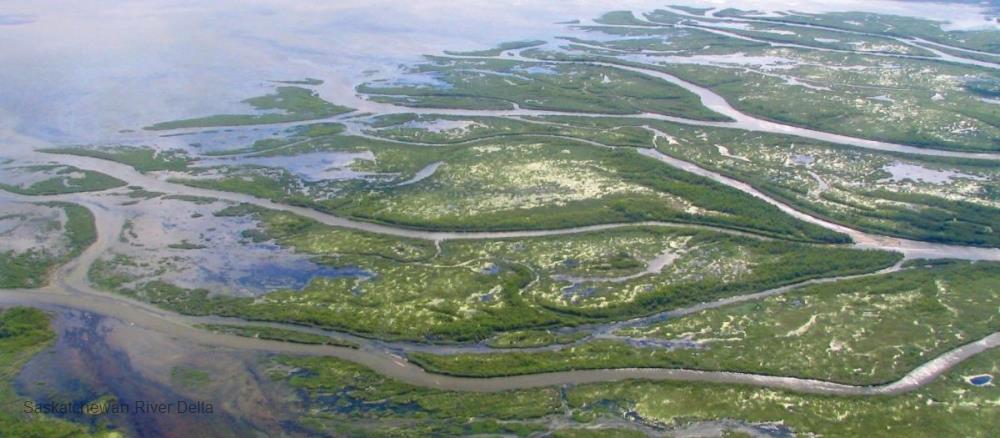
Related items loading ...
Section 1: Publication
Publication Type
Journal Article
Authorship
Hussain, Nur; Arain, M. Altaf; Wang, Shusen; Parker, William C.; Elliott, Ken A.
Title
Evaluating the effectiveness of different variable retention harvesting treatments on forest carbon uptake using remote sensing
Year
2024
Publication Outlet
REMOTE SENSING APPLICATIONS-SOCIETY AND ENVIRONMENT Volume33, ISSN 2352-9385
DOI
ISBN
ISSN
Citation
Hussain, Nur; Arain, M. Altaf; Wang, Shusen; Parker, William C.; Elliott, Ken A. (2024) Evaluating the effectiveness of different variable retention harvesting treatments on forest carbon uptake using remote sensing, REMOTE SENSING APPLICATIONS-SOCIETY AND ENVIRONMENT Volume33, ISSN 2352-9385
Abstract
Variable retention harvesting (VRH) is an ecologically based forest management practice applied to emulate natural post-disturbance residual canopy structure and increase the biodiversity and resilience of a regenerating stand. The pattern and density of canopy retention also influences the productivity, mortality, and carbon (C) sequestration rates of residual trees. In this study, we used high-resolution satellite and drone remote sensing data to evaluate the effect of five different VRH treatments on growth and C uptake of a 90-year-old red pine (Pinus resinosa Ait.) plantation forest in southern Ontario, Canada. The treatments included four different combinations of harvesting intensity residual tree distribution including 33% aggregate retention (33A), 55% aggregate retention (55A), 33% dispersed retention (33D), and 55% dispersed retention (55D) and unharvested control (CN) each replicated four times in 1 ha plots. Satellite- and drone-derived normal difference vegetation index (NDVI) and gross primary productivity (GPP) were estimated for each treatment during the growing seasons from 2010 to 2020. Over this period, observed mean daily NDVI values ranged from 0.25 to 0.86 among treatments, where the 55D treatment consistently showed the highest NDVI values. Overall, the highest mean daily GPP values were observed in the CN treatment, followed by the 55D, 55A, 33D, and 33A treatments. Remote sensing-derived mean annual GPP for the entire 20 ha study site was 1651 +/- 89 g C m-2 year-1, with a range of 1407-1864 g C m-2 year-1 from 2010 to 2020. Satellite-derived annual GPP values were linearly related with observed annual GPP (R2 = 0.88, p = 0.032) measured using the eddy covariance technique in an adjacent white pine plantation of similar age and height over the study period. Study results suggested that VRH treatments that create a uniformly dispersed residual canopy retaining more than half of the initial basal area (e.g. 55D) is a viable forest management practice where optimizing forest growth and C uptake is a primary management objective. Our study will help forest managers and researchers to develop methodologies to evaluate the effectiveness of forest management practices, tailor them to achieve climate mitigation and adaptation goals and to develop forest management pathways for nature-based climate solutions.
Plain Language Summary


 GWFNet
GWFNet Master
Master Research
Research Map
Map
 Advanced
Advanced . . .
. . .

 Metadata Editor
Metadata Editor
 Record List
Record List
 Alias List Editor
Alias List Editor
 Legacy sites
Legacy sites